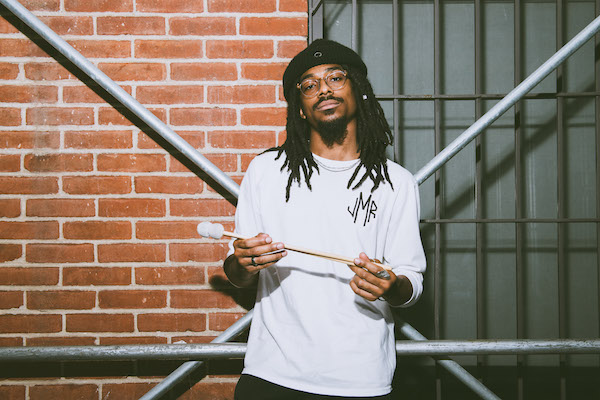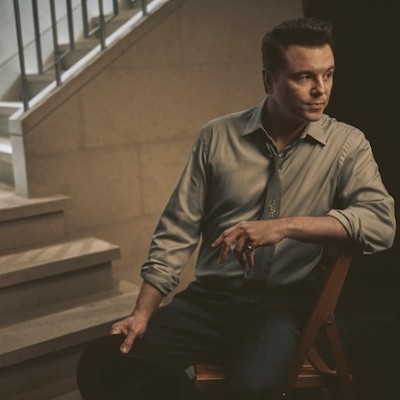Dec 9, 2025 12:28 PM
In Memoriam: Gordon Goodwin, 1954–2025
Gordon Goodwin, an award-winning saxophonist, pianist, bandleader, composer and arranger, died Dec. 8 in Los Angeles.…

Joel Ross is among the 25 artists DownBeat thinks will help shape jazz in the decades to come.
(Photo: Lauren Desberg)Four years after moving to New York to study music, Joel Ross—already a veteran sideman—released his leader debut, KingMaker (Blue Note). The 2019 disc earned rave reviews, heralding the arrival of a vibraphonist who was also a conceptualist.
So, how is the 25-year-old Chicago native capitalizing on the buzz? By releasing a follow-up album and, well, going back to school. Even as Who Are You? (Blue Note) was released in October, Ross returned to The New School to finish his bachelor’s degree.
“I don’t like to do the obvious thing,” he said.
His decision as a youth to join the relatively small fraternity of vibraphonists came, he said, after his brother proved to be the better drummer. But it satisfied a creative urge to combine the characteristics of his favorite instruments—the drums and piano.
“The vibraphone is the best outlet to play a percussive instrument and express myself harmonically and theoretically,” he said.
As a bandleader, his guiding lights often have been trumpeters, including Miles Davis, Marquis Hill and Ambrose Akinmusire. Their willingness to grant their bandmates autonomy has proved a model.
“I don’t give my band much direction,” Ross explained. “Just bring the music. Be completely honest. Search for something higher.”
According to alto saxophonist Immanuel Wilkins, a member of Ross’ quintet, Good Vibes, the leader seems determined to explore new sonic territory with his instrument: “He may have changed the vibes’ role within the comping realm. He’s developed a language where he’s able to play in between other people’s solos, with some landmarks, without normal comping chords—a motif way of comping.”
Ross, in fact, plays down traditional notions of accompanist and soloist, speaking instead of a joint effort to “craft a sort of long-form song.”
In January, Ross is scheduled to arrange a piece or two for the Danish Radio Big Band. His experience with ensembles of that size is limited, he said, motivating his return to school, where he will study arranging. He plans to use this new knowledge to avoid the obvious.
“I want to look into big band and orchestra writing, so that I can understand how it works,” he said, “so that I can break away from it.”
This story originally was published in the November 2020 issue of DownBeat. Subscribe here.

Goodwin was one of the most acclaimed, successful and influential jazz musicians of his generation.
Dec 9, 2025 12:28 PM
Gordon Goodwin, an award-winning saxophonist, pianist, bandleader, composer and arranger, died Dec. 8 in Los Angeles.…

Flea has returned to his first instrument — the trumpet — and assembled a dream band of jazz musicians to record a new album.
Dec 2, 2025 2:01 AM
After a nearly five-decade career as one of his generation’s defining rock bassists, Flea has returned to his first…

“It’s a pleasure and an honor to interpret the music of Oscar Peterson in his native city,” said Jim Doxas in regard to celebrating the Canadian legend. “He traveled the world, but never forgot Montreal.”
Nov 18, 2025 12:16 PM
In the pantheon of jazz luminaries, few shine as brightly, or swing as hard, as Oscar Peterson. A century ago, a…

Dec 11, 2025 11:00 AM
DownBeat presents a complete list of the 4-, 4½- and 5-star albums from 2025 in one convenient package. It’s a great…

Seth MacFarlane takes a turn from his television and film career to sing arrangements made for Frank Sinatra, but never recorded.
Nov 18, 2025 12:04 PM
“I’m not gonna lie to you — I don’t know why I thought this was about The Naked Gun, but I’m happy it’s…